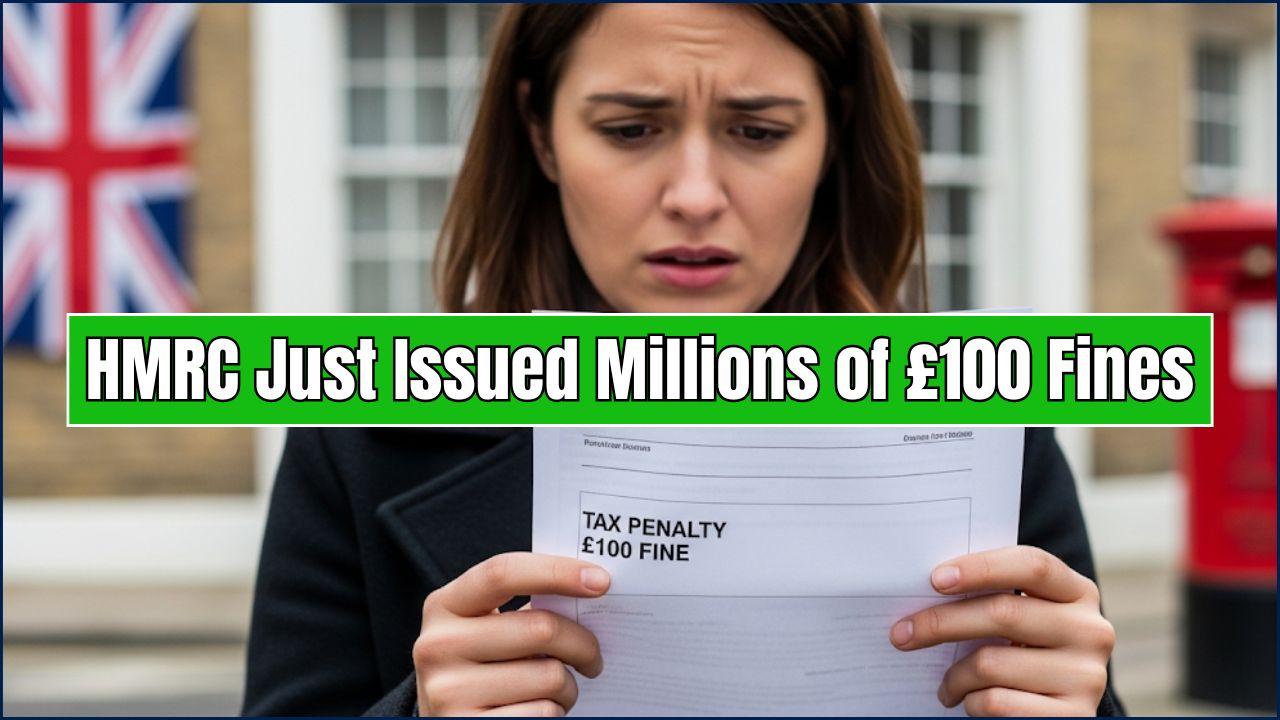The Department for Work and Pensions (DWP) has dropped some eye-opening stats, and folks in the UK benefits world are paying attention. The big headline? PIP award trends are shifting fast, and these changes could affect millions. If you’re on Personal Independence Payment (PIP), thinking about applying, or work in the support sector, this article breaks it all down in plain English—with real advice and data that matters.

Let’s keep it 100: Benefits like PIP aren’t just numbers—they’re lifelines. But to keep up, you’ve got to know how the system’s changing. We’ll cover who’s getting what, why the rules are changing, and how to stay ahead of the curve. Buckle up, it’s gonna be a ride!
DWP Reveals New PIP Award Insights
| Insight | Detail |
|---|---|
| Total Claimants (April 2025) | 3.7 million in England & Wales |
| Top Conditions | 39% psychiatric disorders, followed by musculoskeletal & neurological |
| Enhanced Award Rate | 37% of claimants receive highest support level |
| Upcoming Rule Change | 4-point threshold for Daily Living starts Nov 2026 |
| Appeals & Reversals | 455,000 claimants won after reconsideration |
| Avg. Loss from New Cuts | Up to £6,300/year for some households |
| Biggest Regional Impacts | Wales & Northern England hit hardest |
| Official Stats Source | GOV.UK PIP Data |
DWP’s PIP update shows us one thing: the system is shifting. Fast. If you’re receiving PIP or advising others, staying informed is your superpower. The rules may be tightening, but with the right knowledge and tools, you can navigate them like a boss.
Let’s make sure the folks who need help the most still get it. Because at the end of the day, benefits like PIP aren’t handouts. They’re safety nets. And everyone deserves to feel safe.
What Is PIP and Why It Matters
Personal Independence Payment (PIP) is a benefit for people aged 16 to State Pension age who have a long-term physical or mental health condition. It’s there to help cover extra costs from daily challenges—whether it’s cooking dinner, managing anxiety, or getting around safely.
PIP is split into two parts:
- Daily Living (stuff like eating, washing, meds)
- Mobility (walking or planning journeys)
Each can be paid at either a standard or enhanced rate depending on how much help you need. The key? It’s not about what condition you have—it’s about how your condition affects your life.
Real Stories: Life on PIP
To bring these numbers to life, meet “Sara,” a 34-year-old single mom in Manchester battling long-COVID and chronic fatigue. She says, “PIP is the difference between surviving and sinking. My award helps cover heating, transport, and extra childcare when I’m too sick to move.”
These real-life experiences make it clear: PIP is more than just a payment—it’s peace of mind.
A Closer Look at the Latest PIP Trends
1. PIP Caseload Keeps Climbing
The number of people on PIP has jumped by 2% since January 2025—that’s about 72,000 new claimants. It’s the fastest rise in years. People are more aware, access is easier, and let’s face it—cost-of-living stress isn’t going anywhere.
2. Mental Health Is Leading the Pack
Conditions like depression, PTSD, and anxiety are the most common now—making up 39% of new claims. That’s a huge shift from past years when physical conditions dominated. The rise shows how everyday mental health challenges are finally being recognized in the benefits system.
3. Enhanced Awards Still Hold Strong
Despite talks of cutbacks, 37% of claimants are still getting the full package: Enhanced Daily Living and Mobility. But make no mistake—new rules may shrink this group fast.
What’s Changing? New Rules, Big Impact
4-Point Rule Starts in 2026
The government plans to roll out a minimum 4-point requirement on at least one Daily Living activity by November 2026. This could make it harder for people with fluctuating or invisible conditions (like fibromyalgia or PTSD) to qualify.
Cuts Hit Certain Conditions Hard
If you’ve got back pain, arthritis, or chronic fatigue, brace yourself. You may not score high enough under the new model. Experts say up to 800,000 people could lose Daily Living payments entirely.
Regional Inequality Is Growing
Places like Wales and Northern England are expected to take the hardest hit—losing up to 5x more than London in total PIP income. That’s a red flag for advocates fighting for fairness across regions.
New Claimants vs. Existing Claimants
| Feature | New PIP Claimants (from late 2025 onwards) | Existing PIP Claimants (pre-late 2025) |
| Eligibility Criteria | May be subject to revised, stricter criteria, especially for the Daily Living component. | Will generally be protected from the proposed rule changes. |
| Award Reviews | Standard review periods (e.g., 2 years) are common. | Some claimants with ongoing needs are receiving “light touch” reviews every 10 years. |
| Impact of Reforms | The full effect of any new reforms would apply. | The DWP has committed to protecting current recipients from cuts based on the new rules. |
Real Talk: What You Can Do Now
For Current Claimants:
- You’re safe for now. These changes apply mainly to new applicants from 2026.
- Keep your medical evidence updated. It matters at reviews.
- Join support orgs like Citizens Advice or Scope.
For New Applicants:
- Be honest about your worst days. Don’t downplay your needs.
- Collect detailed evidence: GP notes, care plans, even text logs.
- Use tools from Benefits and Work to prep your form.
For Professionals:
- Know the upcoming scoring changes so you can guide clients.
- Push for appeals when decisions seem off (and they often are!).
- Educate communities at higher risk of benefit cuts.
FAQs
Will my benefits be cut if I’m already on PIP?
Not immediately. As of now, no one will lose PIP without a review, and protections are in place till late 2026.
How much can PIP pay in 2025?
- Daily Living: up to £110.40/week
- Mobility: up to £77.05/week
- That’s a total of £187.45/week or nearly £9,740/year.
Can I appeal if I’m denied?
Absolutely. Over 60% of appeals win when claimants provide better evidence. Start with a Mandatory Reconsideration and follow with a tribunal if needed.
Who’s most at risk of losing benefits?
Folks with musculoskeletal or mental health conditions that don’t score high on specific activities under the new model. Be proactive!
Key Dates to Watch
| Milestone | What’s Happening |
| April 2025 | Latest data shows 3.7M claimants |
| Nov 2026 | New 4-point Daily Living rule starts |
| 2027-2028 | Expected full rollout of reassessments |














